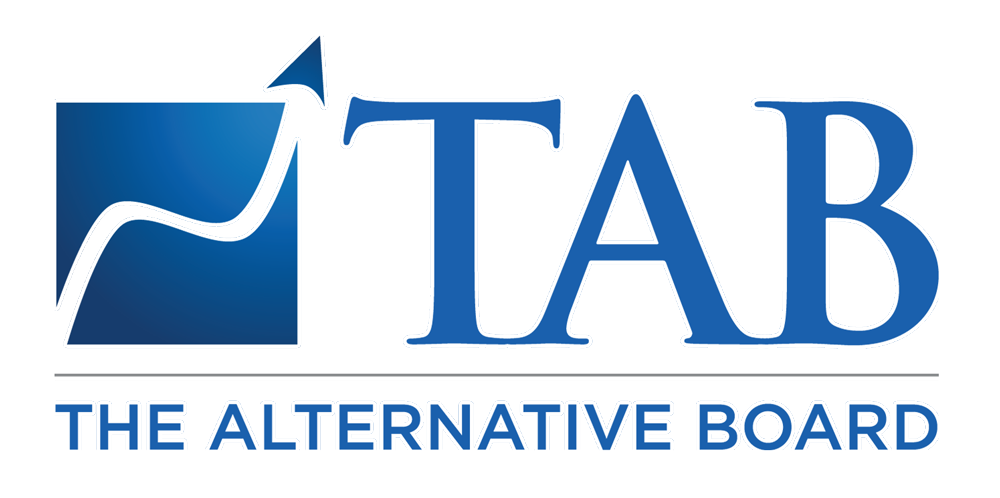Creating A Winning Strategic Plan. Don’t Just Dream It. DO IT!
*This is the second article in a four-part series focusing on Strategic Planning. You can find the first article in this series, “A Strategic Plan is Your Map to Future Success,” here.
Successful business owners understand the important role a strategic plan plays in their success. Yet many business owners struggle with strategic planning, citing they lack the time, knowledge or process to create effective plans and deliver results.
With a bit of knowledge and time, business owners can develop strategic plans that move their companies forward.
Annual strategic planning is a fundamental part of what we do at TAB CNJ. With years of experience working with business owners to establish achievable goals and a long-term vision, we have learned that creating an effective strategic plan can be viewed as a four-part process:
Preparing
Prioritizing and Creating the Plan
Communicating the Plan
Implementing, Measuring, and Rewarding
Let’s take a look at how to create an effective strategic plan.
STEP TWO: PRIORITIZING AND CREATING THE PLAN
Know Your Strengths and Weaknesses
Strategic planning begins by determining your company’s strengths and weaknesses. A SWOT analysis is a powerful tool to get you started. A SWOT analysis assesses your company’s Strengths, Weaknesses, Opportunities and Threats. It can help you identify the issues you need to address in your strategic planning.
Prioritize Your Strategic Goals
Use the SWOT analysis to identify the most critical and strategic issues your company faces. Chances are you’ll have a list of issues you’d like to tackle.
While it may be tempting to want to take on all of these issues, remember that you only have a finite amount of time to manage your business and work on resolving these issues. Focus on developing a realistic and manageable strategic plan by prioritizing the three-to-five most important issues.
Be SMART
Now it’s time to take the issues you’ve identified and create your goals. The SMART method can help you create goals that move your company forward. SMART stands for:
Specific
Measurable
Attainable
Responsible party
Time Based
A SMART Approach to Strategic Planning
Let’s take a look at each step.
Be Specific
Start by listing, in specific terms, what you want to accomplish. Powerful goals are direct, detailed, and meaningful for your organization.
“Our goal is to reduce our inventory level by 15% by the fourth quarter of this year” is an example of a specific goal.
Set Measurable Goals
Create goals that can be measured by numbers, percentages or some other method. Quantifiable goals help you and your team track your progress toward achieving your goal.
Measurable goals include:
Revenue growth
Reductions in product defects and rejected products
Cuts in energy consumption
Improvements in customer feedback and satisfaction
Increases in the number of customers using your product or service
Choose measurements that pertain to your business and goals.
Be Achievable
No matter how big your dreams are for your company, you’ll have the best chance of success by creating goals that are reasonable and achievable. Set goals that are realistic and that you have the tools and resources to attain.
Assign a Responsible Party
Often a strategic plan is packed full of meaningful goals which, once achieved, will really move the needle. Yet they never seem to make it across the finish line because no one was assigned to be the champion to make sure work on the goal moves forward.
Assign ownership of each goal, or portions of the goal, to specific team members. Provide a clear definition of success and hold them accountable for achieving the deliverable. They may not be the person who does all of the work related to the goal, but rather they are responsible for making sure there is a plan for achieving it and that the ball is progressing down the field.
Time Bound
Set specific target dates to complete your goals. The end dates may be different for each goal, as some may require more time to complete. Regardless, your goals must have specific deadlines. Deadlines will keep your team focused and moving forward.
In Addition …
During the goal-setting process you’ll also want to keep in mind the cost of working on each goal. A cost-benefit analysis can help you determine if a goal is the best use of your company time, money and resources.
As a part of the TAB planning process, we encourage our members to model the process out and be inclusive and honest about all of the costs necessary to achieve the goal and realistic about its potential upside.
Questions to Ask:
Will I need to add more support people?
Could this cannibalize some of our existing revenue? If so, how much?
Long term, what are the revenue and margin opportunities if we are successful?
Will my line of credit support the costs to implement this goal?
Feel free to contact TAB CNJ for more information on how to conduct a cost-benefit analysis.
TAB CNJ Provides Support for Small Businesses
If you’re unsure of your ability to create a successful strategic plan, help is available. TAB CNJ (The Alternative Board™ of Central New Jersey) helps small companies create effective strategic plans and meet their goals. TAB members have access to a structured, proven strategic planning method led by a trained business coach. Member companies also participate in peer-advisory boards that provide valuable ideas, insights and honest feedback.
With TAB, you can create a strategic plan that will provide actionable goals that address the important issues facing your company. Schedule your 30-minute complimentary strategic plan review today!
TAB Benefits
TAB offers busy entrepreneurs a powerful, streamlined program that includes peer advisory boards, one-on-one coaching, workshops, expert speakers, robust business tools and invaluable TAB connections. TAB helps business owners and leaders navigate difficult business conditions, discover new opportunities and achieve their strategic goals.
Up Next: Communicating Your Plan

